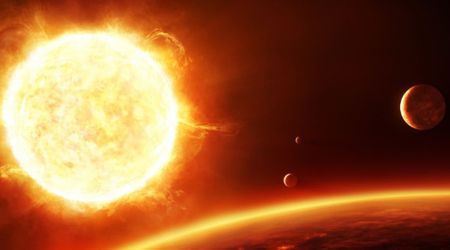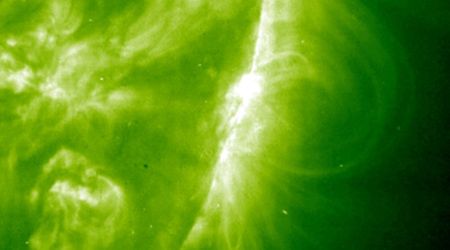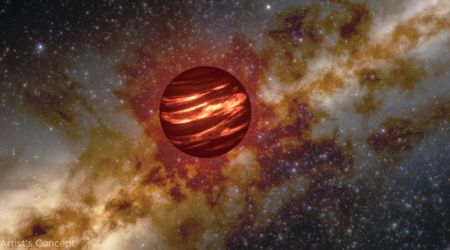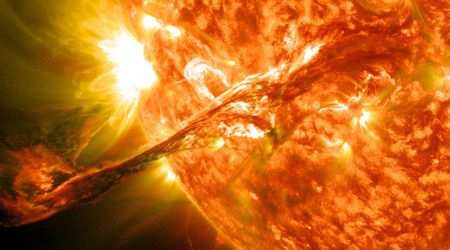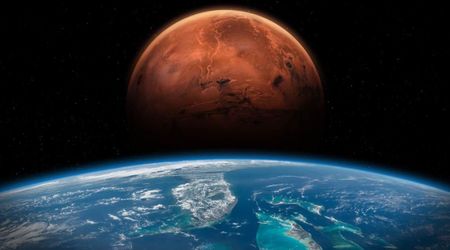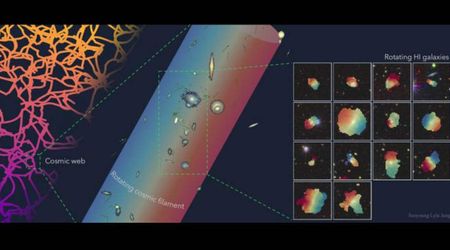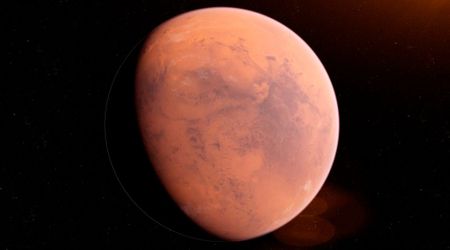NASA scientist reveals what would happen to your body in the vacuum of space without a spacesuit

For years, sci-fi movies have portrayed a merciless death for anyone who somehow makes it into the cosmos without a proper spacesuit. Their bodies instantly explode and shatter into countless pieces, a depiction that could be accurately described as a gruesome way to depart this world. Experts say this portrayal is a little over the top and exaggerated, adding to the fear of already daunting space travel. The universe outside the Earth is documented to be filled with beautiful spiraling galaxies, thousands of exoplanets, and visually striking nebulas – but what if someone wanted to experience it all without a spacesuit?

Beyond its eye-pleasing vistas, space is notoriously known for its inhospitable vacuum. While entry is theoretically open to anyone, it's only trained astronauts in highly efficient, customized spacesuits who are equipped to venture into it safely. However, if someone enters the cosmos accidentally without any gear, the outcome would likely be grim. Space travelers are exposed to extreme temperatures, ranging from minus 240 to 250 degrees Fahrenheit in low-Earth orbit (LEO), and a near-total vacuum once they cross the Kármán line.

While Earth’s thin atmosphere acts like a protective cushion and ensures we’re not deprived of air and its molecules, these air molecules exert pressure and help maintain a significantly higher boiling point for liquids than what is experienced in the vacuum of space, according to Live Science. However, once we enter a state of a complete vacuum, the boiling point reaches a point where the liquid starts vaporizing rapidly. “As you can imagine, given that 60% of the human body is made up of water, this is a serious problem,” remarked Dr. Kris Lehnhardt, an element scientist at NASA’s Human Research Program, in an interview with the publication.

In the absence of atmospheric pressure, a space traveler without a protection suit would undergo rapid and significant bodily changes. Oxygen would be diffused out of the blood, causing loss of consciousness. Also, the water in the traveler's body would begin to boil, paradoxically producing a cooling effect. “In essence, all of your body tissues that contain water will start to expand,” Dr. Lehnhardt told Live Science. As a result, the boiling body water would evaporate, and heat energy from surrounding tissues would ultimately freeze a suit-less space traveler’s nose and mouth, leaving them battling for life.

To add to their worries, as per the experts, the vacuum would also suck the remaining oxygen trapped inside the lungs, causing suffocation. “The oxygen starts expanding and rupturing your lungs, tearing them apart — and that would cause boiling and bubbling of your blood, which immediately will cause embolism and have a fatal impact on your body,” Space.com quoted Stefaan de Mey, a senior strategy officer at European Space Agency (ESA), as saying. The blood flowing through the veins would boil less quickly in comparison to the water stored inside tissues, per Live Science. It would happen because of the circulatory system's own internal pressure.

Yet, the suit-free astronauts would experience the formation of gas bubbles inside their bodies. This phenomenon, called ebullism, occurs when bodily liquid starts boiling due to the lack of pressure in space. Deep-sea scuba divers also experience a similar situation whenever they emerge from the underwater environment too quickly, according to Live Science. To suggest what would happen next, the outlet turned to a 2013 review in the journal Aerospace Medicine and Human Performance, which found that animals and humans lost consciousness within 10 seconds when exposed to vacuums. “No human can survive this — death is likely in less than two minutes,” Dr. Lehnhardt reaffirmed. Now we know why we should always wear a spacesuit while exploring the marvelous elements of space.
